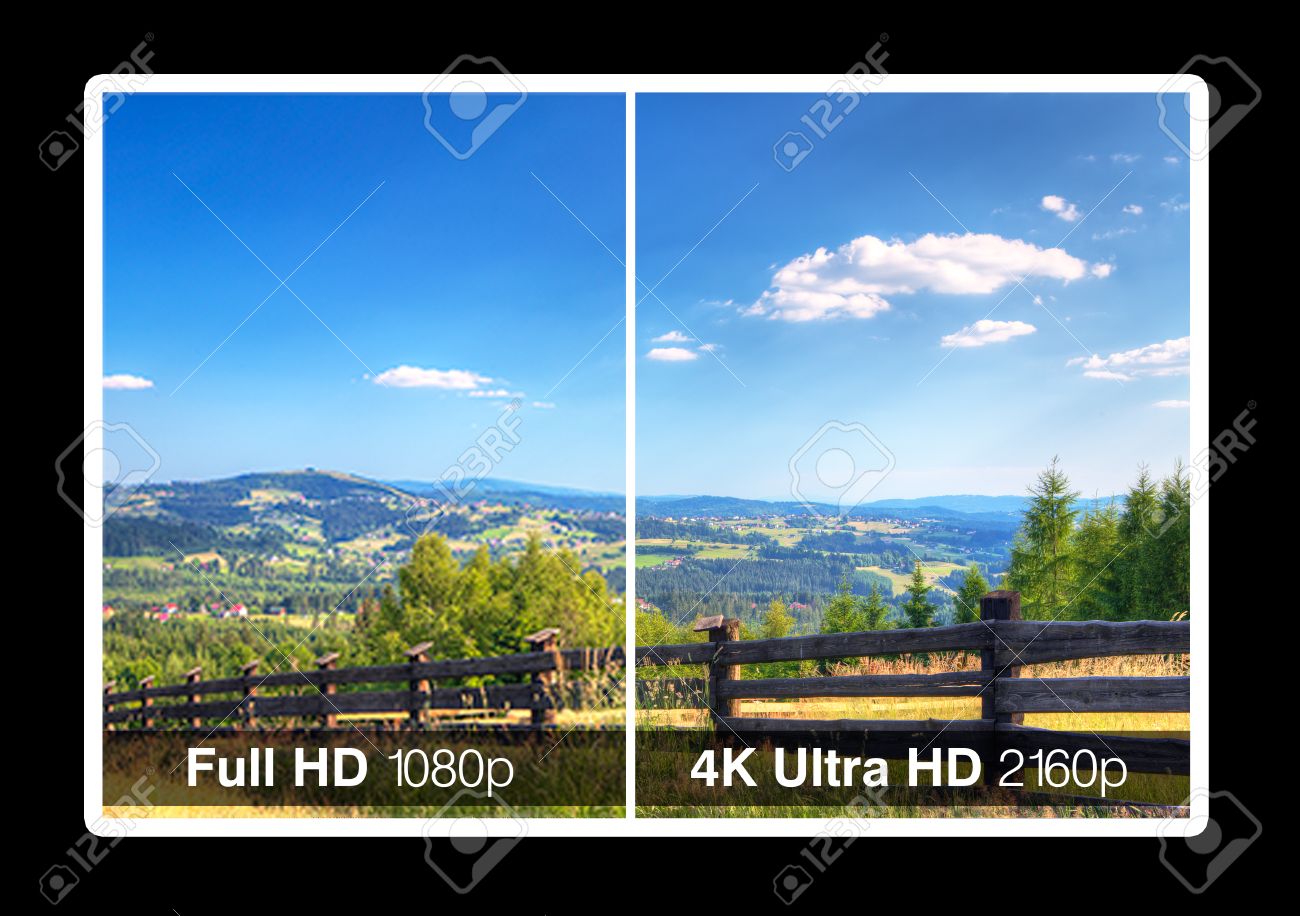Can AI Upscaling Replace Native 4K?

4K gaming has long been the holy grail for PC gamers. Crisp textures, razor-sharp detail, and the sheer visual fidelity of native 4K have been the benchmark of high-end graphics. But in 2025, a new question dominates GPU discussions: if DLSS 4 and FSR 4 can upscale a 1080p or 1440p image so effectively, does native 4K even matter anymore?
The short answer is: it depends. AI upscaling has come a very long way, but it is not perfect. It is, however, changing what “high resolution” really means for gaming.
What AI Upscaling Actually Does
AI upscaling techniques like NVIDIA DLSS 4 and AMD FSR 4 do more than just stretch an image. They reconstruct missing visual data using deep learning models and motion information from previous frames. This allows a game to render internally at a lower resolution, like 1440p, and then use AI to predict what a true 4K frame would look like.
Unlike traditional scaling, which simply guesses pixel values, these AI systems understand motion, edge detail, and even lighting consistency. The result can be visually almost identical to native 4K, while reducing GPU workload by up to 40 percent.
That extra headroom is often spent on better lighting, higher frame rates, or heavier effects like ray tracing, which would otherwise be impossible at full native resolution.
DLSS 4 vs FSR 4: Two Approaches to the Same Goal
DLSS 4
DLSS 4 uses neural networks trained on massive datasets of real gameplay footage, allowing it to reconstruct details with extraordinary precision. It also integrates frame generation and motion prediction, giving smoother frame pacing and reduced stutter at high refresh rates.
DLSS 4 performs best on NVIDIA RTX 50 series GPUs, which include updated Tensor Cores and Optical Flow Accelerators. These enable real-time reconstruction with minimal latency and minimal ghosting.
FSR 4
FSR 4, now hardware accelerated on AMD’s RDNA 4 GPUs, takes a more open and flexible approach. It still uses AI to predict detail but can be implemented by developers more easily across different hardware. Its strength lies in balancing performance gains without locking users into proprietary technology.
FSR 4 may not always match DLSS 4 in sharpness, but it performs exceptionally well in motion-heavy scenes and has improved temporal stability compared to previous versions.
When AI Upscaling Wins
Better Performance for the Same Visuals
Running a game at 1440p and letting DLSS or FSR reconstruct to 4K can give performance equivalent to cutting your render resolution in half, often boosting frame rates by 30–60 percent.
Enhanced Frame Generation
Since AI upscalers work hand-in-hand with frame generation, you can get smoother gameplay at higher frame rates while maintaining clarity. This is particularly noticeable on 144Hz or 240Hz monitors.
Visual Stability in Motion
AI upscaling handles motion data intelligently, meaning fast panning, explosions, or movement-heavy scenes often look cleaner than raw 4K rendering without temporal reconstruction.
Where Native 4K Still Wins
Even with the latest AI advancements, native 4K still holds an advantage in certain areas. Fine details like grass, distant objects, or ultra-detailed textures can sometimes appear slightly smoothed by AI reconstruction. DLSS and FSR rely heavily on accurate motion vectors and clean source data — if a game engine doesn’t provide that properly, the final result can show shimmer, ghosting, or minor artifacts.
Games with very fine text or UI overlays can also appear sharper in native 4K, since those elements are not always included in the upscaling process.
In short, AI upscaling is astonishingly close, but it is not perfect. It gets you 95 percent of the way to native quality at a fraction of the performance cost, which for most gamers, is a fair trade-off.
The Display Factor: Do You Even See the Difference?
The benefit of native 4K also depends on your monitor size and distance. On a 27-inch screen viewed from a typical desk distance, the human eye struggles to distinguish between DLSS Quality mode and native 4K. However, on a large 4K TV or an ultrawide display, differences may be more noticeable.
Gamers playing on 1440p or 1080p monitors often gain more from AI upscaling than those using true 4K panels. In those cases, the increase in smoothness and consistency outweighs the small loss in native sharpness.
The Energy and Heat Advantage
Running a game in native 4K pushes your GPU to its limits, which means more power draw and more heat. AI upscaling reduces GPU load significantly. For desktop gamers, that means quieter fans and lower temperatures; for laptops, it can translate into longer battery life and less thermal throttling.
As power efficiency becomes a key consideration in GPU design, AI upscaling may be seen not just as a performance tool but also an environmental and thermal advantage.
Can AI Fully Replace Native 4K?
Not yet. For professional benchmarking, screenshot comparison, or those who demand absolute visual fidelity, native 4K still has an edge. But for the majority of players, DLSS 4 and FSR 4 deliver such consistent visual results that native 4K often feels unnecessary.
The truth is that “4K gaming” in 2025 has evolved. It’s no longer about raw pixel count but perceived image quality — and that is where AI upscaling excels.
Final Thoughts
AI upscaling has become the standard for high-end gaming, not a compromise. DLSS 4 and FSR 4 allow gamers to enjoy ultra-quality visuals at higher frame rates without needing extreme hardware. Native 4K will always be the purist’s choice, but the smart money is on AI-assisted rendering defining the future of PC gaming.
Whether you are building a new system or upgrading an older one, choosing a GPU that supports the latest AI upscaling tech is now essential. The days of brute-forcing 4K are fading, replaced by smarter, more efficient rendering.
Tarl @ Gamertech

